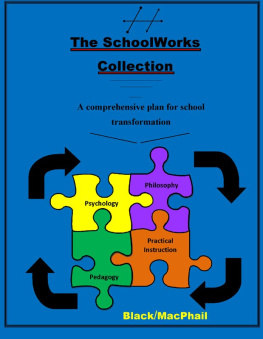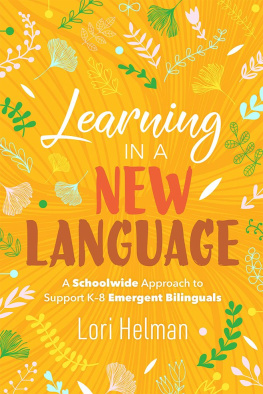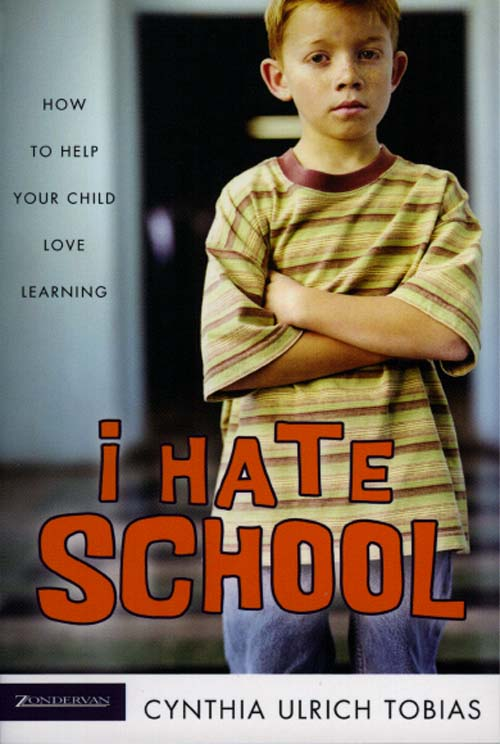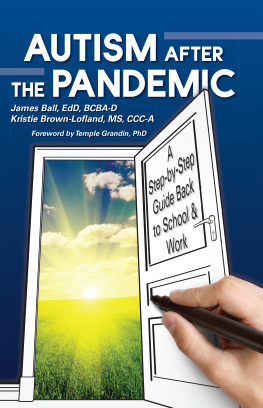ISBN: 9781623090890
Table of Contents
The redesign of the American public school is made more difficult because, before they became adult stakeholders in the school, teachers, administrators, and parents were students in school. Old, time-worn processes are deeply ingrained in the psyches of these adults who must change. Schools are not the creations of children; they are the invention of adults. Schools would probably be better places for learning if we had the courage to allow the children to re-invent the school, and redesign the setting.
(Lezotte, T.Q.E.S., pg. 43)
Preface
Why are schools the way they are? And how long have they been that way?
I grew up in the first half of the 20th century and graduated from high school in 1950 with ninety-nine classmates. I worked in education the second half of the century, and along the way, I noticed that very little about school had changed. Our society has had huge changes; schools are at least a half-century behind probably more. Thats not good.
Does your school make sense? Do you know where your school is headed and your role in the process? Are you satisfied with what you are doing as a parent, a teacher or an administrator? Are the students satisfied? Of course the answer to each should be yes, but for me, and many others, the answers were no most of the time.
I hated school! Starting at the age of five, I was assigned a place in a first grade class and sat in my assigned seat. After rambling through twelve years of school, I went to the military then entered college; four years later I was a teacher. Going on, I had a stint as a principal. I continued on with my education and collected several more degrees and became a professor of education and an educational consultant for different school related committees. To my recollection, Ive spent most of my seventy plus years of life involved with education, and much of the time I hated school. Why? The teachers were generally nice people and working with the young people was enjoyable as were most of my colleagues, but overall, the experience was dissatisfying; school didnt seem to work for me; I didnt fit its mold at any age.
I found that I was not the only one who was dissatisfied. Most students were and many of my colleagues, too, although most would only whisper their dissatisfaction in hallways or behind closed doors after a faculty meeting. The rest of the time, they sort of played along. For me, as a student and an educator, the dissatisfaction arose from a disconnection between what school was supposed to be, discovering, enjoying, learning, improving, realizing potential and what school really was, an automated, cookie cutter mill that produced a few really good cookies, batches of really mediocre cookies, and some broken and burnt cookies that no one wanted. In all, most of the cookies never came close to filling the potential of the recipe. I felt like the broken cookie and that bugged me. So Ive spent most of my life trying to figure out why school didnt work for me or for most of those involved with school as an educator or a student. I finally know why, and I think a colleague and I discovered the solution.
I didnt fit in school because I didnt learn in a manner that collaborated with the way the instruction was delivered. I think Im intelligent. Im creative; I paint and play music. Ive accomplished many things, but I was the slow cog in the school machinery. It wasnt the teachers fault, and it does no good to project blame here and there to the teachers, students, or parents because that only creates animosity. The blame needs to be placed where it belongs the system of school. The system of school and the disconnection it creates are responsible for the dissatisfaction among students, educators, and parents, too. Many of these stakeholders are dissatisfied because the system of school just doesnt meet the needs of the stakeholders and leaves them wanting. So most students just go through the automated motions, as do many teachers, not really learning much and staying far below their potentials, and all wish it were Friday instead of Tuesday, and everybody goes home knowing the next day will be just the same ho-hum.
How many educational experts have looked for ways to meet the needs of the wanting? How many you find depends on how far back you want to dig into the sources of learning. How have the experts fared? Aside for the ethnicity, does the school you presently teach in or administer look like, function like the school that you attended years ago? Honestly, most everyone will have to admit it does, so the answer is not too well. That doesnt mean the experts dont have good ideas; the ideas just dont seem to work in actual schools with actual students and teachers, tests and standards, grades and graduation requirements. But that is the power of this book: The SchoolWorks Collection! It is the solution for putting the puzzling pieces of a school together in a way that causes beneficial change.
The SchoolWorks Collection is a first of its kind. The SchoolWorks Collection is a reasonable and workable plan for implementing the best advice from the philosophical experts of the last century to improve school. How is this different than one of the books written by one of the experts?
First, an expert writes his book from the personal facet of his experience and applies it to the system of school. But the system of school is multi-faceted, so one experts single-faceted solution to the problem of the system is simply not enough to make a lasting difference. The SchoolWorks Collection combines the best critical advice from the most reasonable literature available to synthesize a unique, multi-faceted, four prong solution for transforming schools from what they are to what they should be.
Second, every expert has given advice, criticisms, and solutions for everything and anything having to do with schools and public education. The problem is the experts explain whats wrong, whats better and whats best, and sometimes what to do about it, but they never really explain how to apply their advice, in other words, how to do it in a real school situation. The SchoolWorks Collection is a how to guide employing expert resources. The SchoolWorks Collection cannily puts the philosophical jigsaw pieces together to take the puzzling confusion out of the how which the gurus imply but never quite get around to telling.
The SchoolWorks Collection is more than just an anthology of good ideas. It is a good idea, meaning it is a thoughtfully woven strategy of psychology, philosophy, pedagogy, and practical instruction for improving a school no matter how excellent or troubled it may be.
The SchoolWorks Collection is a proven strategy, too; it has very deep roots and a long experiential base. I have seen it work and am thankful I had the opportunity to be a part of its creation. Ive mentored and worked with the co-author of this book for over fifteen years. Tom Black is an educational explorer with more than twenty-five years of experience himself. Together, he and I, along with an experimental group of teachers in an urban high school, tried to give students the tools they needed in order to fit into the system of school, in other words for learning school stuff and for doing school better. Our successful endeavors produced amazing results with students who were thought of as the rejects and potential failures in school. Utilizing the tenets of the SchoolWorks Collection, the teachers were able to help eighty-five percent of their students to pass the state test, and convinced a number of them to take learning seriously enough to prepare for college. Based upon my seventy plus years in education, I believe the SchoolWorks Collection is the most sensible, usable, and productive school reform plan Ive ever seen. Put simply, it works! It works by changing the student, and the system of school so that these two indispensable parts of education fit together and work together, but it not only helps the struggling student, it is designed to enhance and improve the abilities of all students. Yes, even those A students can be better!
Next page








